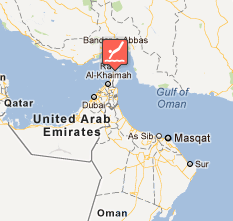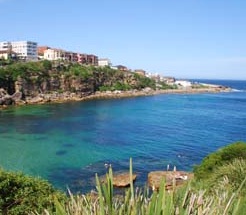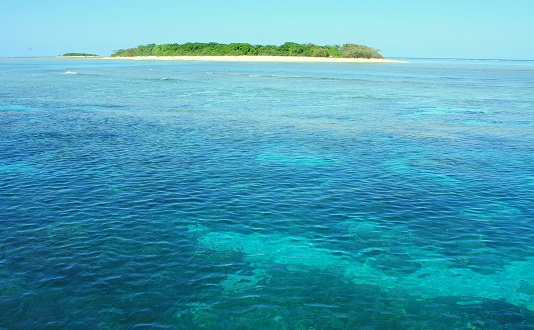Because of Khasab’s unique and remote location, there were no roads to the town, and the only access was by sea or air. It remained completely isolated until a beautiful new road was paved connecting the UAE to Khasab a few years ago. With the new road came a small influx of immigrant workers, and a handful of tourists – primarily UAE residents – who drove up the exquisite coast line to enjoy the rugged scenery, the beauty of the towering mountains, the crystal clear beaches, and the dhow trips for dolphin watching.
Khasab as a diving destination however is in its infancy, as the first dive shop opened in 2005. The town only has three hotels, and only one of them has a liquor license and a dive shop (so you can guess which one we stayed in!). The divemasters at Extra Divers Musandam, located at the lovely Golden Tulip Hotel, run a small but well-organised outfit. Chika-san, from Japan, and Matheus, from Germany, have worked as divemasters and instructors all over the world, and joined Extra Divers in Khasab a little less than a year ago. They both vouched for the beauty of the Khasab reefs, which are largely untouched due to its remoteness, and the fact that there are, literally, no other divers.
As the only two foreigners in Khasab, they told us that although Khasab has amazing diving and beautiful oceans, there is pretty much nothing else to do. “Three days is good,” said Chika. “After that, you start to go a bit crazy!”
We hopped on one of the dive shop’s speedboats from a fishing village, and headed out for a full-day trip, comprising two dives. The ride out to the reefs takes a while, and is not always possible when the seas are rough, but luck was on our side. We headed north, and arrived at the site about an hour later and took the plunge.
The reefs were very alive, very colourful, and seemed to be healthy and thriving. We dove on two different sites, Eagle Bay and the Coral Gardens, where we saw turtles, stingrays, nudibranches, groupers, clownfish, boxfish, puffer fish, moray eels, and more. The currents were not too strong, we had ample time to enjoy the underwater life, and there was plenty to see.
[widgetkit id=2]
There are over 25 dive sites in the area, and all dives are drift dives. According to Matheus, there is a wide range of variety on the sites, from beautiful corals gardens, impressive rocks overgrown with colorful sponges, and thrilling steep walls. The depths of most dive sites range between 20 and 30 meters, though some are even deeper. Visibility ranges from 5m to 20m during most of the year, and the water temperature varies from 22ºC in the winter to a balmy 30ºC in the summer.
After the dives, as we headed back to Khasab, I jokingly asked Matheus how close we were going to Iranian waters, and whether we could end up on the BBC news that night. He laughed and told us not to worry about being kidnapped. Khasab is a mere 40 kilometres from Iran by boat, about an hour’s ride across the Strait of Hormuz. During the ride back, small speedboats zoomed by, one after another, and wiry brown skinned men with bandanas over their faces waved at our boat driver. In a small place like Khasab, it looks like everybody knows everybody.
Khasab definitely has its own rugged beauty, the coastline is beautiful, the diving is excellent, and the crew at Extra Divers Musandam do a great job. But two nights there was quite enough. Khasab is the kind of place where after one day you know where everything is. There are a grand total of four restaurants, and all of them are Indian. Being a conservative town, forget about any topside nightlife, or even having a beer somewhere. And women traveling to Khasab should definitely be aware of dressing conservatively, as the local women cover up from head to toe. All in all, Khasab is not the most interesting little town in terms of tourism. But, if all you want to do is dive, and sit back and marvel at the rocky mountains of northern Oman as the sun sets across the Strait of Hormuz, then Khasab is the place to go.
By Emily Ikegami
http://thetravellingtrini.com






